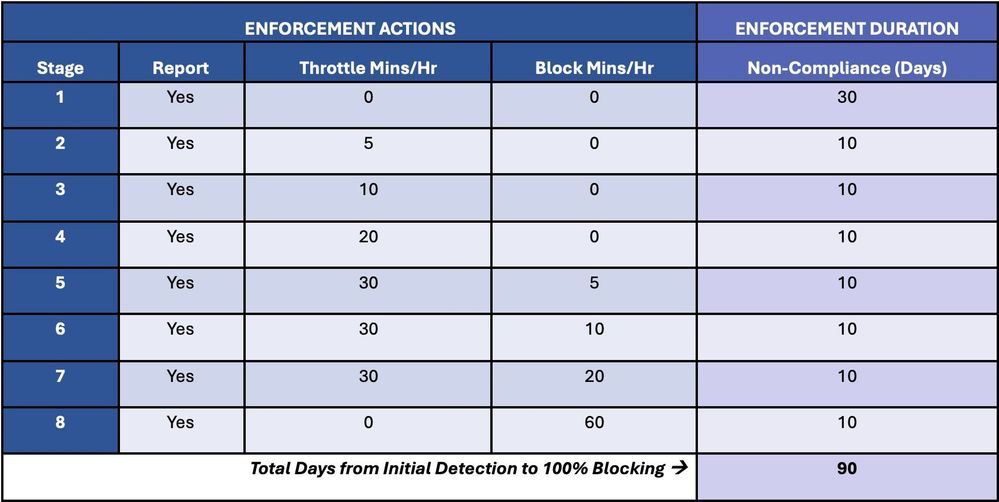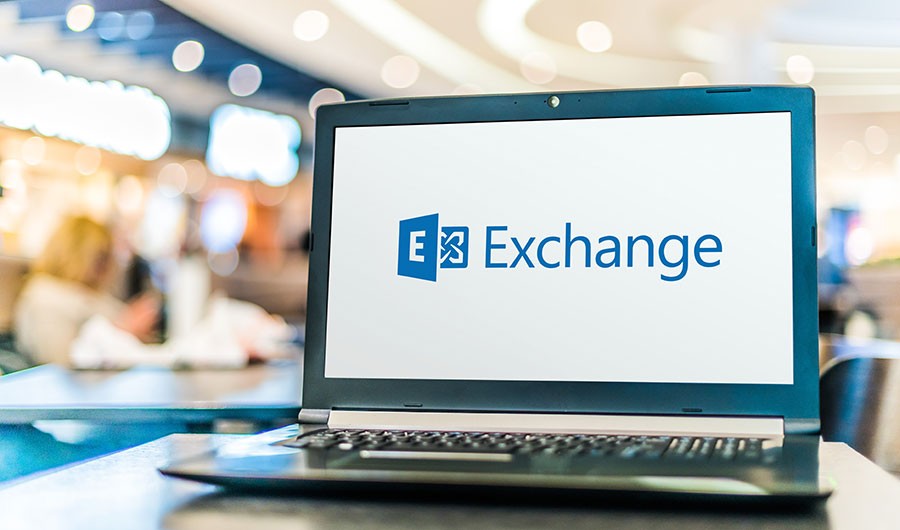Microsoft announced that they will be blocking and throttling older versions of Exchange Server, which has caused a great deal of concern among users of the popular email software. This move is part of Microsoft’s efforts to improve the security of their products and services, and to encourage users to upgrade to Exchange Server 2019 or make the transition the cloud altogether with Microsoft 365.
Exchange Server is a powerful email and collaboration platform that is used by businesses of all sizes around the world. It allows users to send and receive emails, manage calendars, and share contacts. However, like any software, Exchange Server is vulnerable to security threats, and it is important for users to keep their installations up-to-date in order to stay protected.
In order to encourage users to upgrade to the latest version of Exchange Server, Microsoft has announced that they will be blocking and throttling older versions of the software. Starting June 26, 2023, Microsoft will notify users of Exchange 2007, Exchange, 2010, Exchange 2013, as well as users of unpatched versions of Exchange 2016 and Exchange 2019.
Throttle / Blocking Timeline

According to a recent memo from Microsoft, stage 1 is report-only mode and no emails will be blocked or throttled during this 30-day period. Users will see blocked and/or throttled emails after continued use of vulnerable versions of Microsoft Exchange beyond this initial grace period. Throttling and blocking will increase every 10 days up until 90 days from initial detection. At this point, Exchange Online will no longer accept any messages from the server.
This move by Microsoft has caused a great deal of concern among users of Exchange Server, especially those who are still using older versions of the software. Many users have expressed frustration with the decision, and have argued that they should be allowed to continue using the software that they have already paid for.
However, Microsoft has made it clear that they are taking this step in order to improve the security of their products and services, and to encourage users to upgrade to the latest version of Exchange Server. According to Microsoft, older versions of Exchange Server are more vulnerable to security threats, and by blocking and throttling these versions, they are helping to protect users from these threats.
In addition to improving security, upgrading to the latest version of Exchange Server offers a number of benefits for users. The latest version of the software includes new features and functionality, as well as improved performance and reliability.
Next Steps for Users of Older Versions of Exchange Server
For users who are still using older versions of Exchange Server, upgrading to the latest version can be a daunting task. It may require significant time and resources, and may involve significant changes to the way that users work with the software. However, Microsoft has provided a number of resources to help users with this process, including migration guides, training materials, and support from Microsoft partners. Businesses can also opt to partner with Certified Microsoft Gold Partners to help with any upgrade to cloud migration.








 by
by